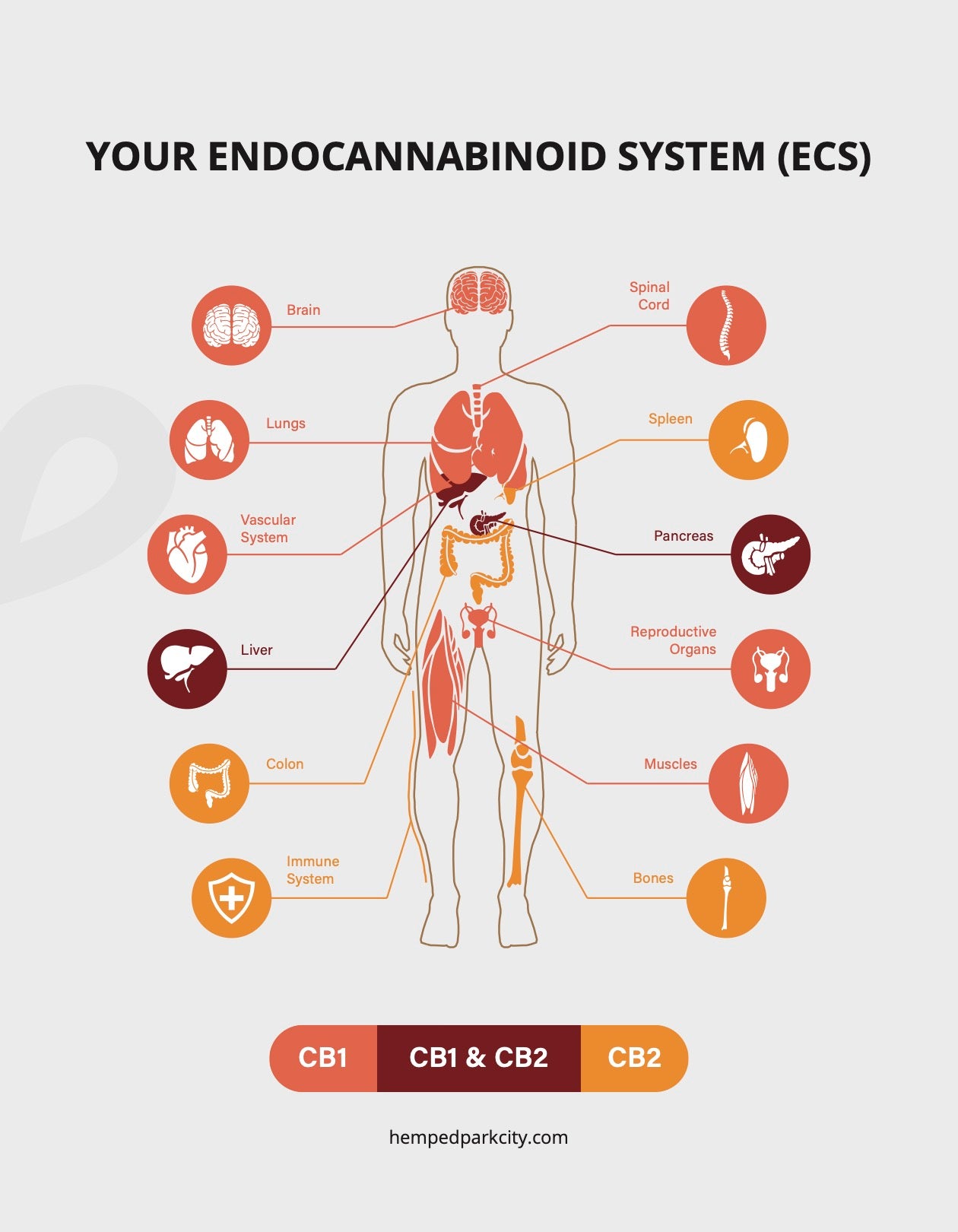
Let's Talk Terpenes!
What are Terpenes?
Terpenes are highly aromatic compounds that determine the smell of many plants and herbs, think of rosemary and lavender. Some larger and more complex terpenes occur in some animals.
Manufacturers use isolated terpenes to create the flavors and scents of many everyday products, such as perfumes, body products, and even foods. Terpenes play a vital role in plants. In some plants, terpenes attract pollinators, while in other plants, they cause a strong reaction to repel predators, such as insects or foraging animals. Some terpenes play a protective role in the plant, helping the plant to recover from damage; others act as a part of the plant’s immune system to keep away infectious germs.
How do Terpenes affect people?
Many terpenes are bioactive, which means they may affect the body. This effect will vary based on the concentration of the terpene itself and how a person uses it. Because terpenes produce vibrant smells, they form the basis of many essential oils and are an integral part of many alternative therapies, such as aromatherapy. Inhaling the scents from some plants and essential oils may affect a person’s mood and stress levels. Some people believe that terpenes will affect or enhance the benefits a person gets from using cannabis. This is known as the Entourage Effect, and it implies that terpenes enhance or alter the effects of THC and CBD in the body.
Types of Terpenes and potential benefits.
While there are many terpenes in the natural world, scientists have only studied a handful. Examples of better-known terpenes include:
Limonene
Limonene is a common terpene that most people can recognize by its scent. As the name suggests, limonene gives the rinds of fruits such as lemons and oranges their citrusy smell.
A study in Chemico-Biological Interactions notes that limonene contains the following therapeutic properties:
- anti-inflammatory
- antioxidant
- antiviral
- antidiabetic
- anticancer
Limonene appears to modulate the way certain immune cells behave, which may protect the body from a range of disorders. Limonene is also safe for people to take as a supplement.
Pinene
Pinene is another naturally abundant terpene. There are two forms of pinene: a-pinene and b-pinene. Pinene provides the fresh, bright scent of many plants, including pine needles, rosemary, and basil. Pinene may also have some therapeutic benefits.
Shirin-yoku, which means “forest bathing,” is a Japanese therapy that involves taking leisurely walks in the forest, soaking up the atmosphere, and enjoying the scent. Shirin-yoku may have preventative and restorative effects on a person’s psyche and physiology.
A study in Acta Salus Vitae notes that the amount of pinene in the air of a healthy forest is enough to be therapeutic. Pinene acts as a bronchodilator, allowing more air into the lungs. It also has an anti-inflammatory effect and may fight against some infectious germs when inhaled.
Linalool
Linalool is most abundant in the lavender plant and gives the flower its rich scent. Linalool is one of the more important compounds in aromatherapy and is responsible for the calming effect many people get when smelling lavender or its essential oil.
A study in Colloids and Surfaces B: Biointerfaces notes that linalool may affect the body in a variety of ways due to a range of properties, including:
- anti-inflammatory
- antimicrobial
- neuroprotective
- antidepressant
- anticancer
- anti-anxiety
Linalool does appear to act on the body, but researchers must study its effects further to understand how people can use it to benefit their health.
Myrcene
Myrcene is a terpene commonly found in plants such as hops, lemongrass, and thyme. The flowers of the cannabis plant also contain myrcene.
Myrcene is a powerful antioxidant. One study in mice concludes that myrcene could help protect the brain from oxidative damage following a stroke.
Another study in mice found that myrcene had a similar protective effect in heart tissue. The researchers note that myrcene may be a useful alternative treatment after ischemic stroke.
Another study in a cell model of osteoarthritis noted that myrcene appears to have an anti-inflammatory effect and may prevent the breakdown of some cartilage cells. This could make it useful against osteoarthritis.
Beta-caryophyllene
Beta-caryophyllene exists in many herbs and vegetables, such as cloves and black pepper.
Similarly to other terpenes, beta-caryophyllene may have an anti-inflammatory effect on the body that could reduce pain levels in some people.
In one animal study, beta-caryophyllene reduced pain from inflammation and nerve pain. The researches noted that this anti-inflammatory and analgesic effect might be useful for treating long-term chronic pain because the body showed no sign of developing a tolerance to these effects.
Humulene
Humulene is a key component of the hop plant. Other plants, such as clove and ginger, also contain it.
One study in
Another study in Food and Chemical Toxicology found that humulene may also have a protective effect in some cells. This protective effect could guard against cancer. However, this is just preliminary evidence, and researchers must continue to study the effects of humulene to back up these claims.


